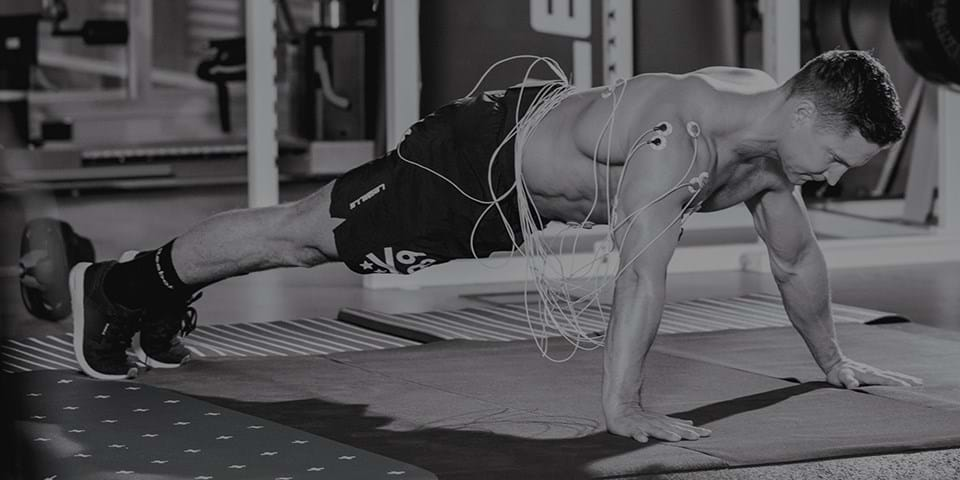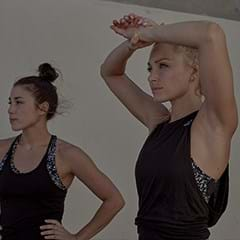Believe it or not, the size of your fingers says a lot about your athletic potential. If you’ve got a long ring finger it could pinpoint you as a winner, with a longer fourth digit often linked to high performance in running.
Predicting athletic prowess based on finger length comes down to the 2D:4D ratio, which is the relationship between your index finger and ring finger. Scientists have found elite athletes in a wide range of sports are likely to have longer ring fingers in relation to their index fingers. In teenage boys, irrespective of age or body size, those with longer fourth fingers (relative to their second finger) tended to be stronger. Interestingly though, a longer index finger has been linked to lower severity of diseases like heart disease and Covid-19.
Now, during a new study of professional football players, digit ratio expert Professor John Manning has highlighted some important links between testosterone levels and the supply of oxygen to muscle tissues. Professor Manning worked with 133 football players taking a range of body measurements (including hand scans with digit lengths) from each athlete.
Manning explains that by engaging professional sportspeople they were able to clarify the relationship between finger length and oxygen metabolism in a sample of well-trained athletes, something that had not been done before.
After hand scans and body measurements were recorded, the footballers were each put through an incremental cardiopulmonary test to exhaustion on a treadmill. This was key to identifying who had the most efficient oxygen metabolism. “The players with long ring digits (4D) relative to their index digits (2D) have efficient oxygen metabolism such that they reach very high maximal oxygen consumption during the incremental cardiopulmonary test,” explains Manning.
Oxygen metabolism is known to be influenced by testosterone, which activates the energy-producing mitochondria within cells. High testosterone levels in the womb are associated with long ring fingers.
Manning adds, "These findings are consistent with those from distance running, where long 4D is related to high performance, and heart disease and Covid-19 where long 4D is linked to low severity of disease.”
This fascinating phenomenon is most easily identified in men. There is a well-described difference between males and females in digit ratio. Men typically have a lower ratio (the length of their ring finger is greater than their index finger) than women (both fingers are closer in length). This difference is fixed during development in the womb and remains relatively stable across the lifespan.
So, next time you’re struggling to lift weights, take a long look – it may be written in your fingers.








